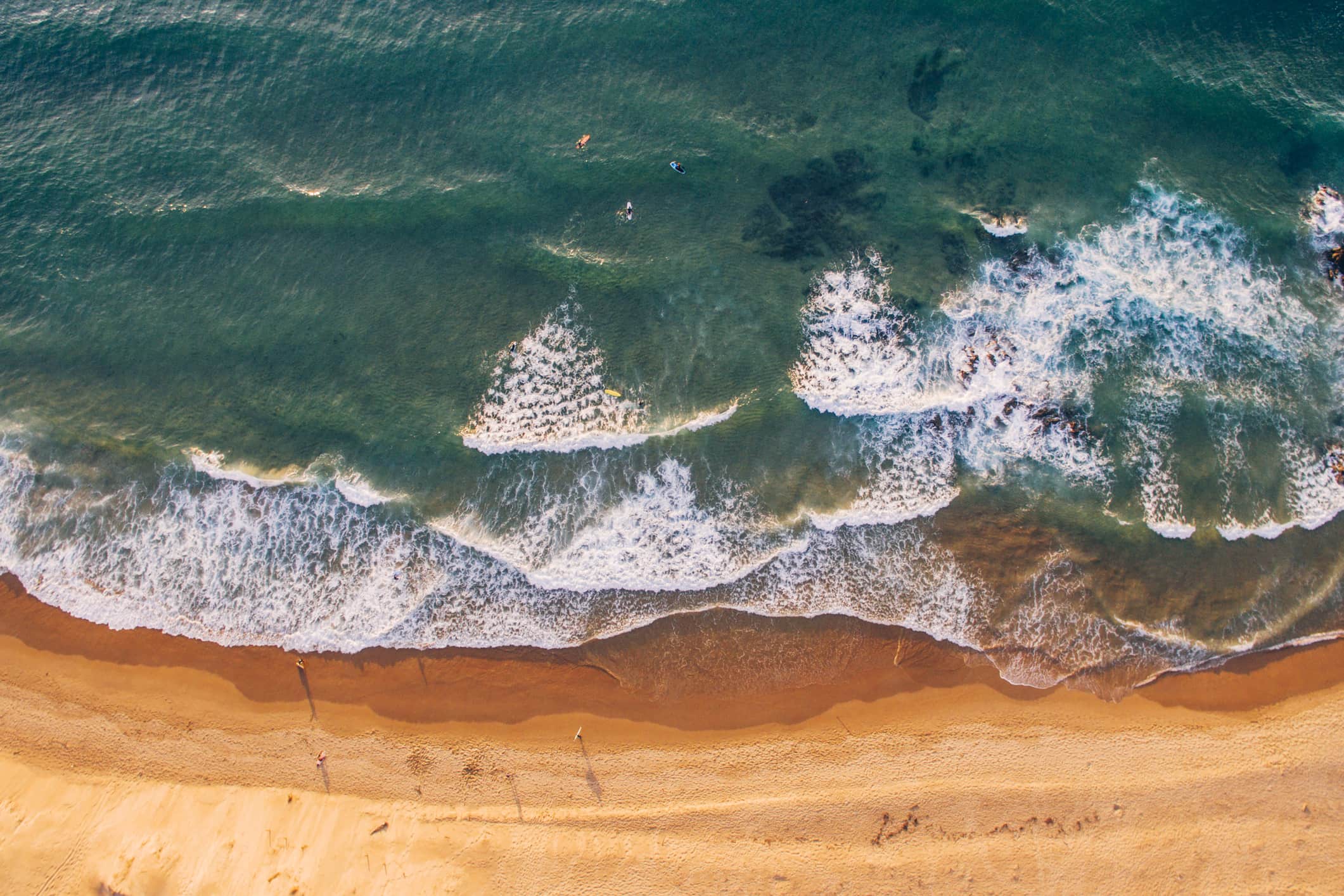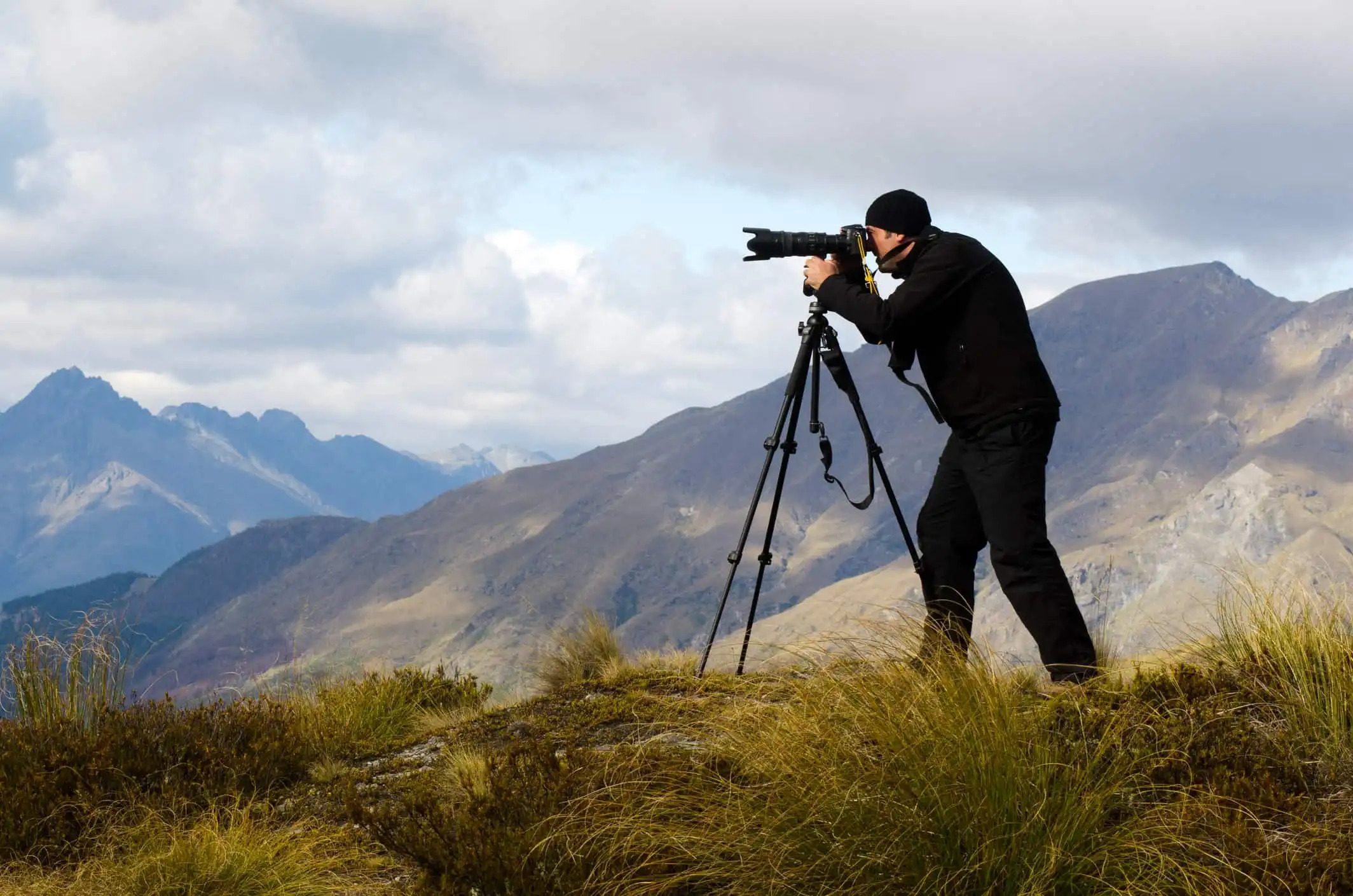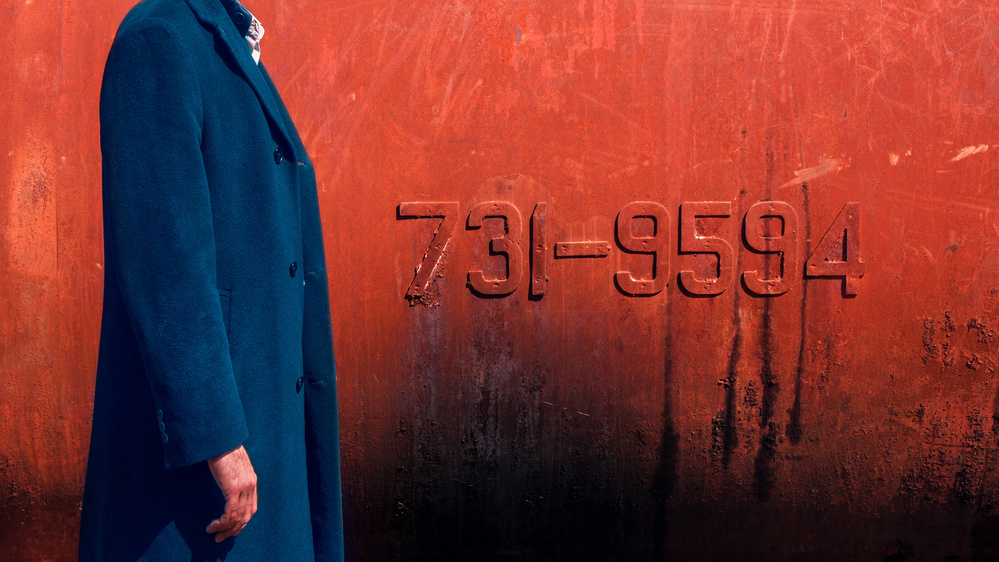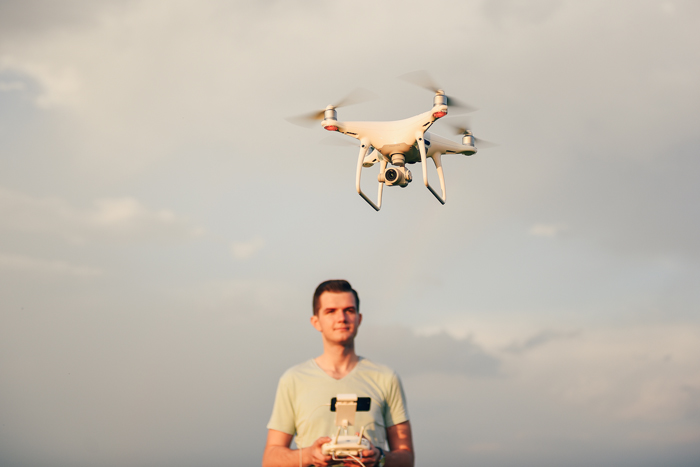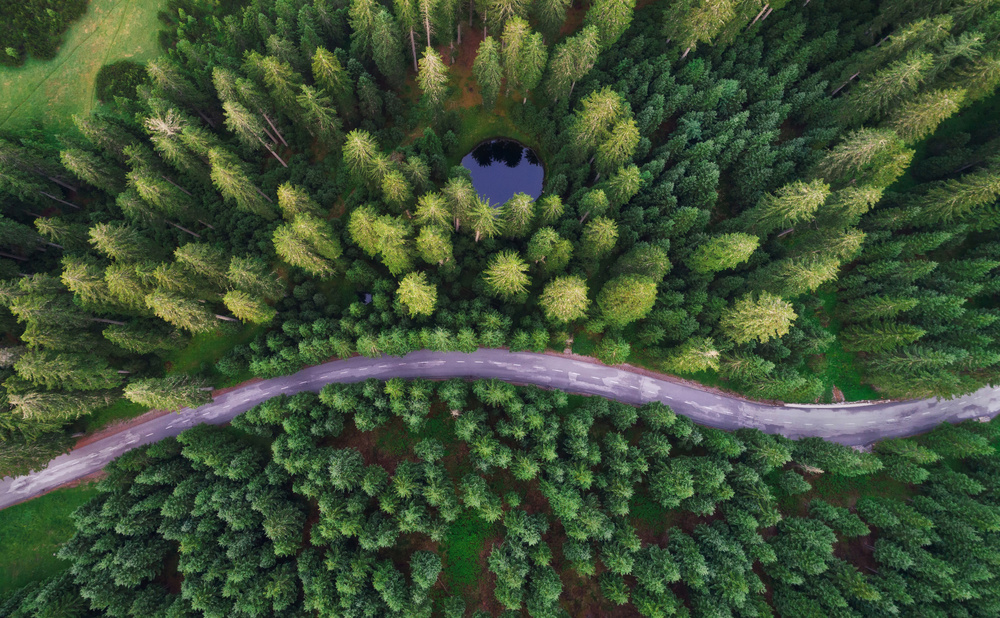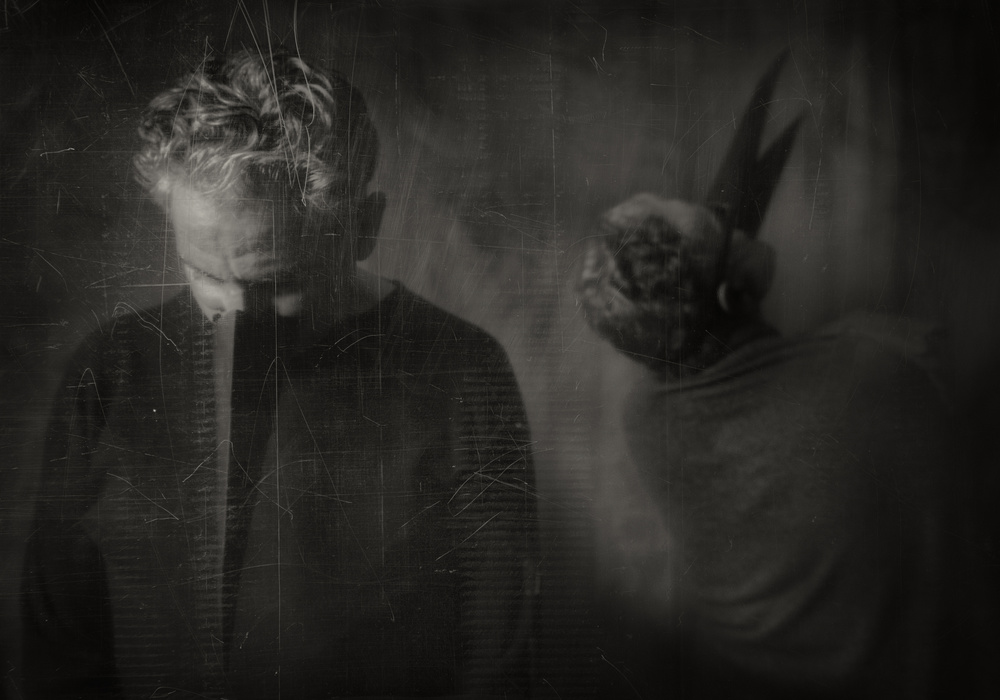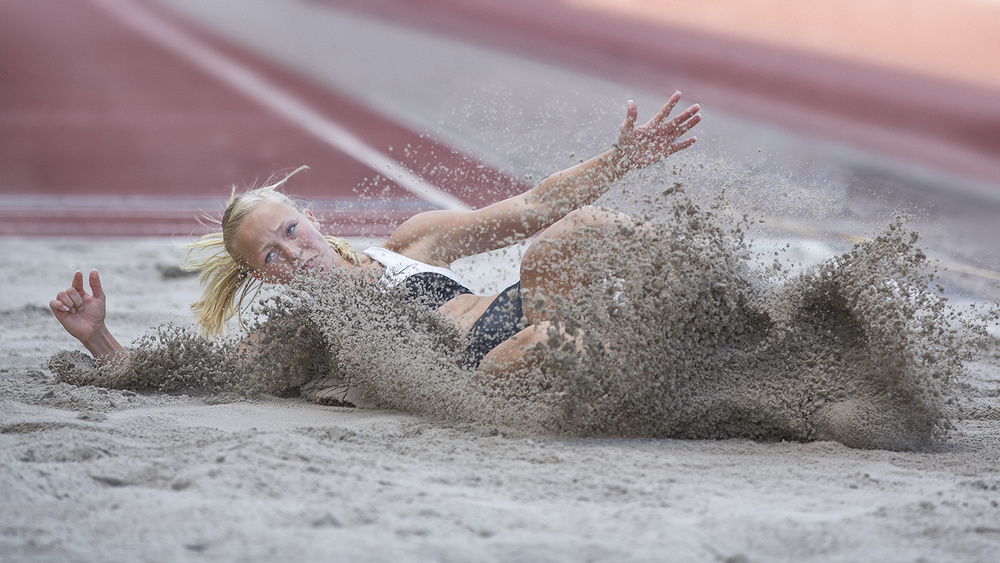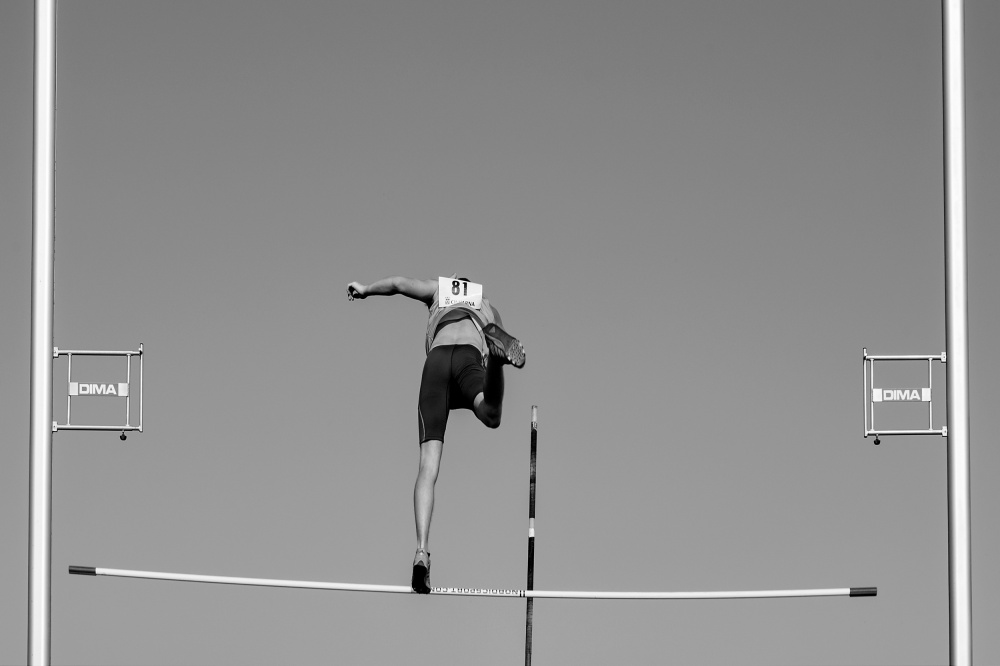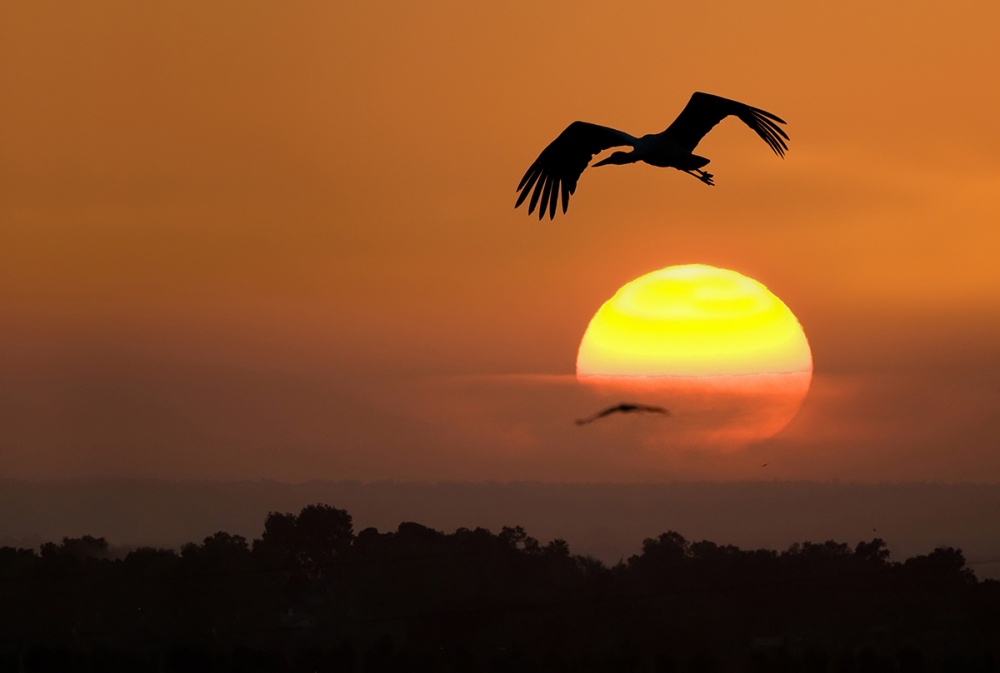Tips & Tricks
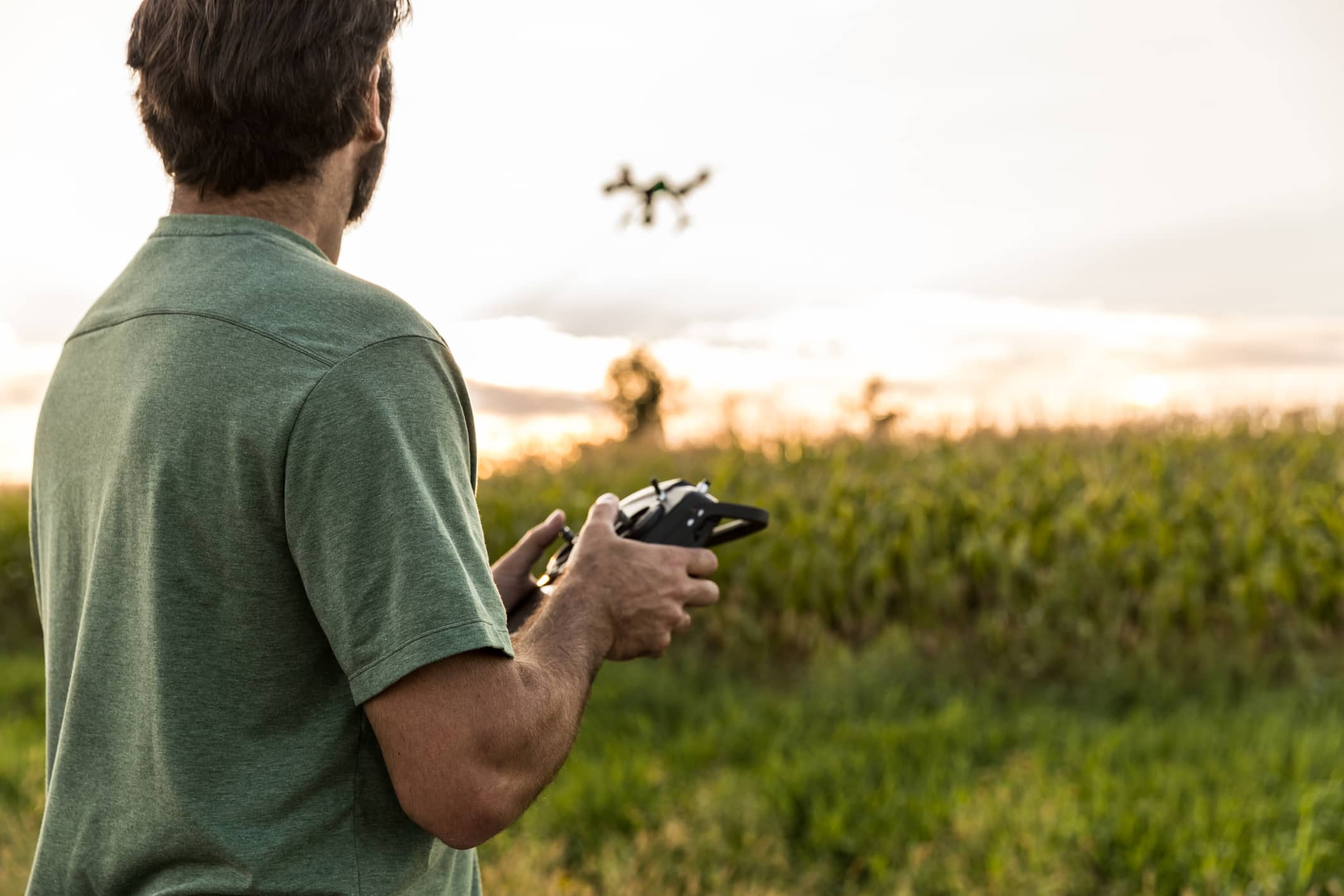
Drone Safety Tips
Photography Talk
Using a drone for photography or videography is a little bit more involved than using a plain old DSLR.
With a vehicle flying above you, it’s important to take safety precautions to ensure your safety and the safety of your drone. Additionally, you need to ensure the general public, other aircraft (both manned and unmanned), and property are safe too.
So, before you take to the skies with your new drone, consider these drone safety tips.
Editor’s Note: In addition to the safety tips outlined below, we suggest flying DJI drones. DJI drones are equipped with tons of features that help you fly safer. Some of these features are illustrated later in this article. For more details about DJI drones and their safety features, visit Drone World.
Check Regulations
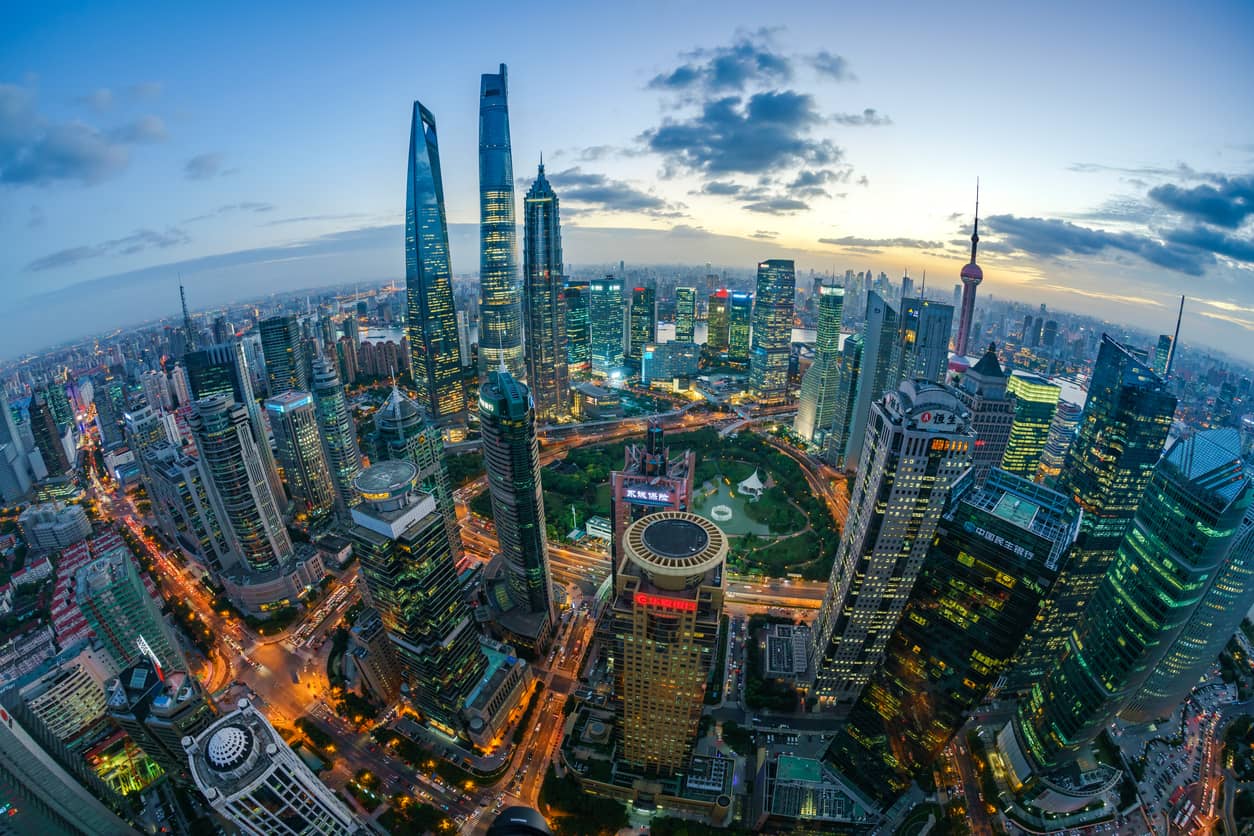
Check regulations for governing drone flights. They include:
-
You must fly at or below 400 feet.
-
You must be aware of airspace requirements and restrictions. For example, drones cannot be flown within 5 miles of an airport.
-
Never fly near other aircraft or over groups of people.
-
Drones cannot fly over stadiums, sporting events, or emergency response efforts.
-
Drones cannot be flown in National Parks.
Your safety and the safety of others depends on your knowledge of what you can and cannot do with your drone. Compliance with FAA regulations will help keep you and others safe.
Watch Out For Obstacles
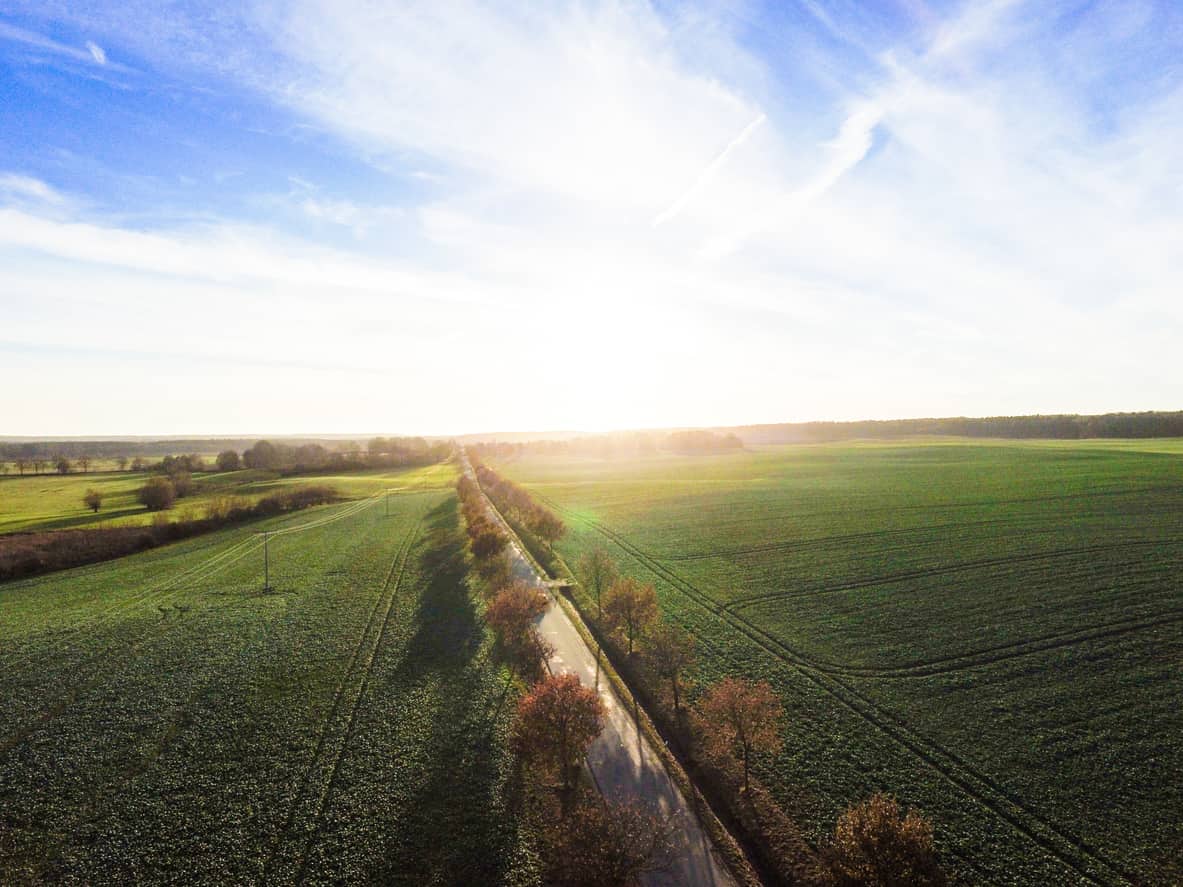
If you’re like me, you’ve probably seen your fair share of YouTube videos of drones smashing trees or buildings. So, it goes without saying that watching out for obstacles is paramount when flying your drone.
But the great thing about some drones - like those from DJI - is that they can actually help you avoid obstacles.
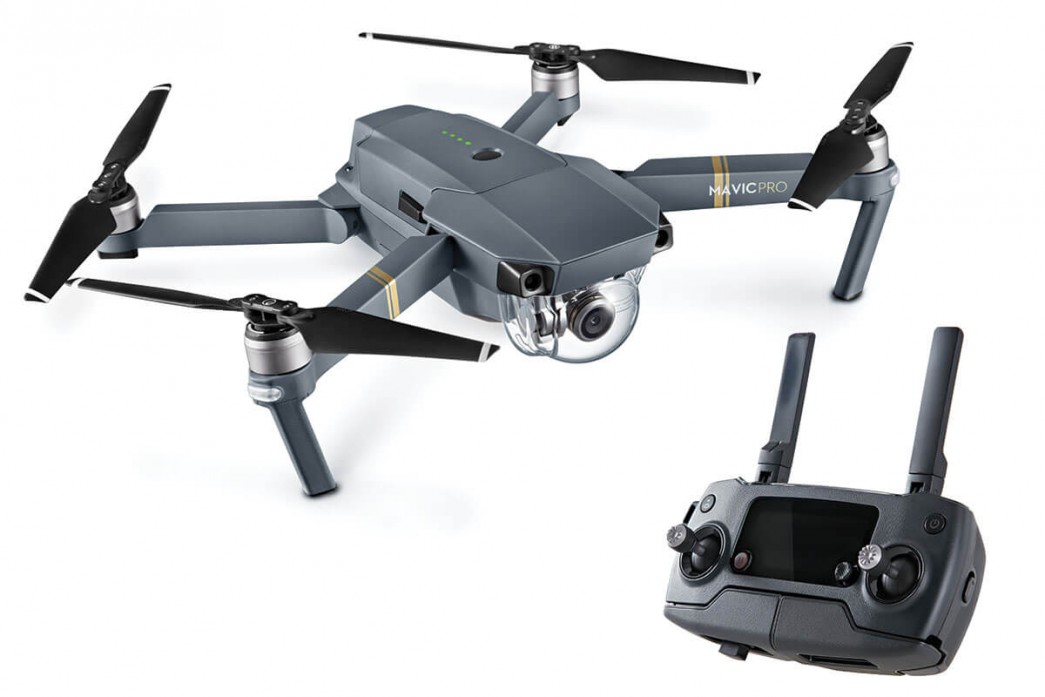
Take, for instance, DJI’s FlightAutonomy technology. It allows drones (like the Mavic Pro shown above) to detect obstacles as far as 49 feet away. That means that you can fly up to 22 mph knowing your drone will automatically see and avoid things in the flight path.
FlightAutonomy technology also helps drones such as the Mavic Pro to hover more precisely, a feature that is quite handy when flying indoors and out! You can also land the drone almost exactly where it took off.
With such intelligent technology you can fly safer, which protects yourself and others, prevents damage to property, and safeguards your drone from any bumps and bruises.
![]()
Sometimes, attempting a tracking shot of a subject, it can be hard to keep the drone on a straight flight path at a consistent altitude.
Again, this can cause problems for pilots who might accidentally fly their drone into something.
But with DJI drones, ActiveTrack allows you to tell the drone who or what to track, and it handles the rest.
That means you can follow your subject from the front or behind, circle the subject as they move, fly alongside the subject, and even keep the drone’s camera trained on the subject as it flies just about anywhere. It can even maintain a constant altitude for you. Note the image above, with the drone following the subject while accounting for varied terrain.
In other words, with these types of technologies, drone flight has never been so safe!
Get Some Practice
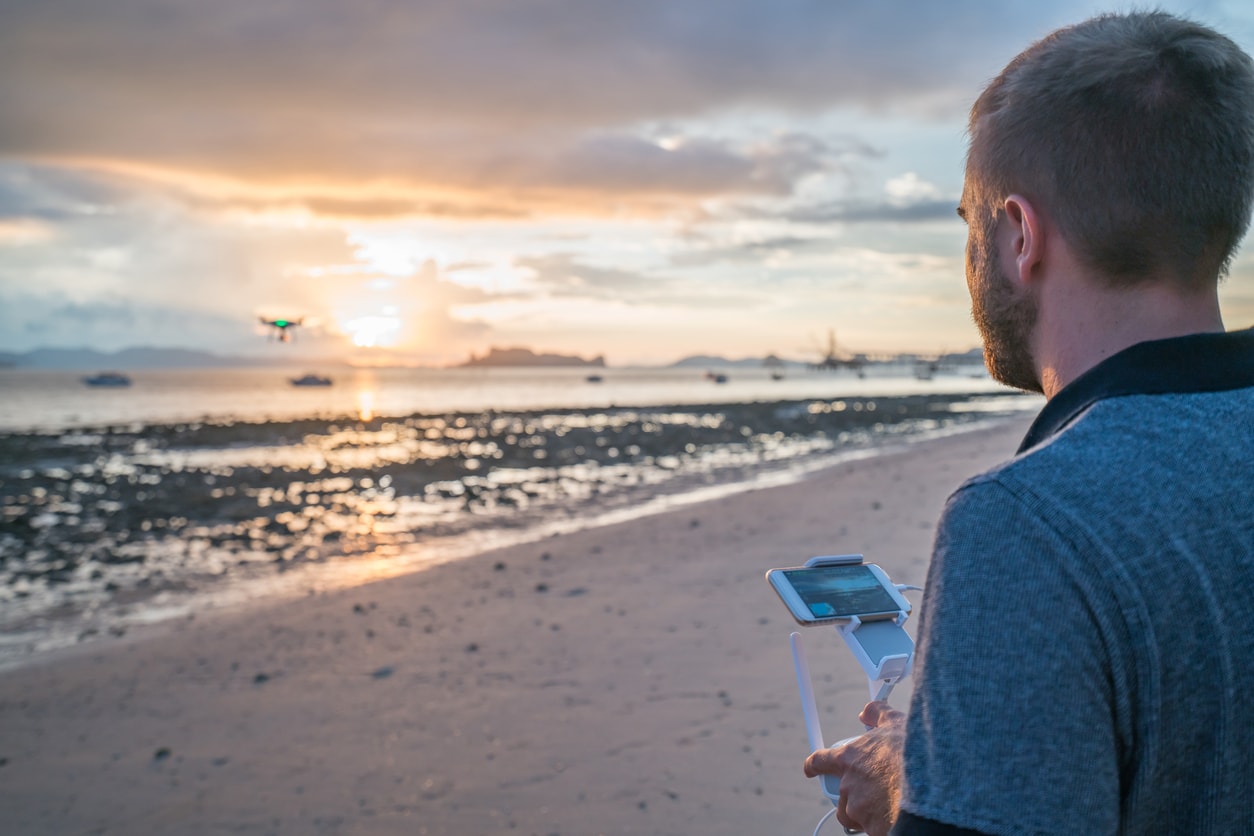
In the same way that it takes time to figure out the ins and outs of a traditional camera, it takes time to become adept at flying a drone.
A good way to learn is to practice flying in an open area that affords you a wide view of the flight path. Stay away from buildings, trees, power lines, and other obstacles (even if you have a DJI drone that can detect and avoid such things!).
Ideally a wide open, flat area away from populated areas is perfect for getting your bearings as a drone pilot. That allows for flying practice, hovering, tracking, and more, to familiarize yourself with the controls in a low-pressure situation.
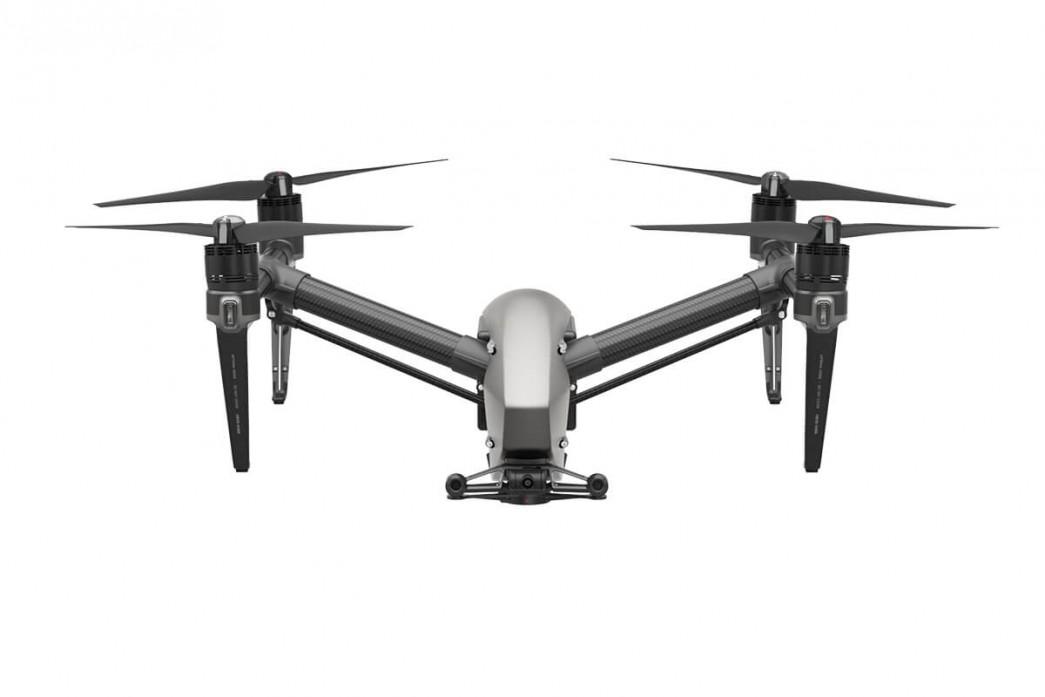
It’s also prudent to get in the habit of checking the weather before every flight. Strong winds, for example, will drain the drone’s battery faster than normal.
Rain, snow, and other elements can obviously have negative impacts on the drone’s performance. However, some drones, like the DJI Inspire 2 shown above, are equipped with a self-heating system to counteract the effects of cold weather.
Final Thoughts
Ultimately, being safe with a drone comes down to planning, preparation, and using common sense.
When you get your drone, spend time learning its systems by reading the owner’s manual. Find time to practice operating and flying the drone, and prepare by reading any regulations for flying drones in your area (this includes the FAA regulations outlined earlier, as well as checking for any state or local regulations that are in place).
The more familiar you are with your new drone and the more time you spend preparing to become a drone pilot, the safer you’ll be. And soon, you could be as adept at flying your drone as the guys in the video above!


